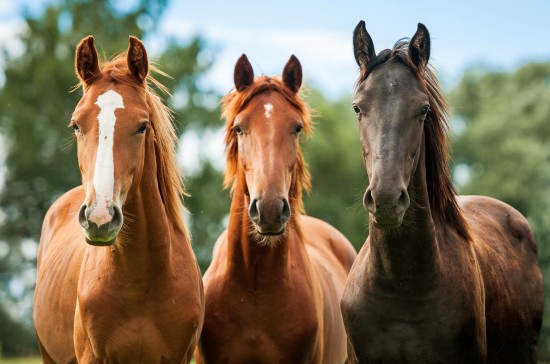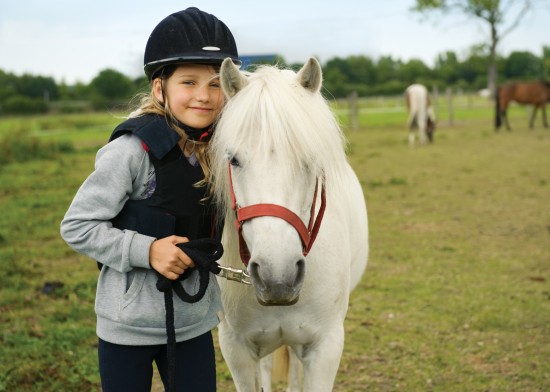
The most popular method of dog training is the leash/collar style of training. This type of training has proven it’s effectiveness over many years. It is always used when a dog must have a high level of reliability, such as that of rescue dogs, police dogs, guard dogs and dogs for the disabled. But it will also keep you and your dog safe when out on your walks, by preventing the pulling and tugging that invariably occurs with a dog who is not trained properly to walk with a leash.
Positive reinforcement is the best tool to use to train your dog. This is superior to punishment in establishing the behavior of your dog on a leash. Positive reinforcement results in lasting behavioral modification. Punishment changes behavior only temporarily with the result that it will reappear later, bringing along with it more problem behavior. By using positive reinforcement, you will build a bond of trust and cooperation between your pet and yourself.
First you must slowly introduce the leash to your dog and also the collar if he has not been wearing one. A regular, flat buckle collar is all that you need. A choke collar is not necessary. Let your pet sniff them as you gently place them before him. Reward him with praise for his interest. Give a treat, if you plan to use treats with your training. Slowly place the collar around his neck and once he becomes comfortable with that, attach the leash and let him drag it around the house. Praise him for his interest in using the leash and collar.
Keep your training sessions short. You can train several times during the day, but remember this is supposed to be fun for your dog. You don’t want to push him past his limit. Puppies generally have an attention span of about 5 minutes, so do not insist on training beyond this or you may teach your pup to actually dread training. Multiple training sessions will help your dog learn quickly.
Since these short sessions to not provide adequate exercise for your pet, you must find other ways of exercise to help tire your dog before beginning your training. Dogs generally pull on the leash because they are full of excess energy. Tire your canine friend before training by playing fetch in the hallway or the backyard. Or maybe drive your dog to the dog park to run with his friends.
Begin your training indoors, where there are fewer distractions for your pet. The initial goal here is not to teach your dog to “heel” right by your side. You want to leave room for your pet to sniff and explore as long as he always leaves some slack in the leash. He must always follow your lead in order to be allowed his freedom. Simply pick up the end of the leash and walk around your home with your dog trotting beside you. As he walks along on a loose leash, give him plenty of praise, petting and some treats. When he decides to strain on the leash, (which he will), simply stop immediately. Don’t yank him back over to you with the leash. Call him back to you and praise him when he comes. NEVER ever keep walking when your pet is pulling on the leash. This will reward his behavior and reinforce his bad habit. Your dog learns that the only way he will go move forward is by always leaving some slack in the leash. He will learn that when he pulls on the leash, he will get nowhere. Once your pet is back by your side, begin walking again. And repeat, repeat and repeat some more. It will take patience and persistence, but armed with these qualities and practice, you will be successful.
When you are ready to step outside, you will have a lot of competition for your dog’s attention. Simply continue the above steps, working even harder of course. You may need to use a lot of treats in the beginning stages, but as your pet gets the idea of what you expect from him, you can slowly phase out the treats by waiting longer intervals before handing them out.
Training your dog will reinforce the relationship between yourselves and gain the respect of your canine friend. Dogs are wired by nature to seek out leaders and to follow directions from those leaders, so your pet will discover that leader in you. This will help your friend become a more calm, faithful and happier dog and a better family companion to others in your family.
 How To Protect Against Ice And Frost Without Risking Your Pet’s Health
How To Protect Ag
How To Protect Against Ice And Frost Without Risking Your Pet’s Health
How To Protect Ag
 Some Vaccines you should know if you have a Dog
Some Vaccines you should know if you have a Dog
Some Vaccines you should know if you have a Dog
Some Vaccines you should know if you have a Dog
 The Evolution Of The Horse And What It Means For The Horse Owner
The Evolution Of
The Evolution Of The Horse And What It Means For The Horse Owner
The Evolution Of
 Chicken Runs –Your Chickens to Roam Happily and Secured from Predators
Chicken Runs –Your Chickens to Roam Happily and Secured fr
Chicken Runs –Your Chickens to Roam Happily and Secured from Predators
Chicken Runs –Your Chickens to Roam Happily and Secured fr
 Fun Confidence Building Tips For Young Riders
Fun Confidence Bu
Fun Confidence Building Tips For Young Riders
Fun Confidence Bu
Copyright © 2005-2016 Pet Information All Rights Reserved
Contact us: www162date@outlook.com